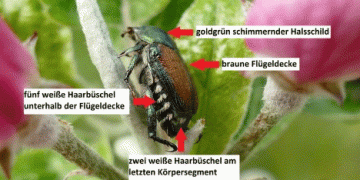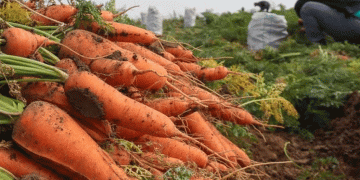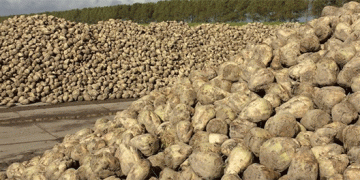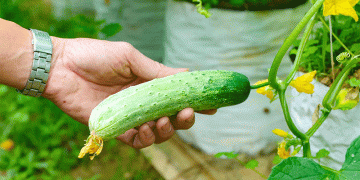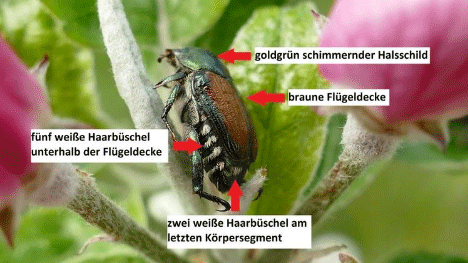The Japanese beetle is a highly destructive quarantine pest, known for its voracious appetite and ability to damage a wide variety of plants. Adult beetles primarily feed on the leaves, flowers, and fruits of over 300 plant species, including key agricultural crops like maize, soybeans, and fruit trees. They skeletonize leaves by consuming the tissue between the veins, leaving behind a lace-like structure that hinders photosynthesis and weakens the plant.
The larvae, known as grubs, are equally harmful. They reside in the soil and feed on the roots of grasses and other plants, causing significant damage to lawns, pastures, and even golf courses. The lack of natural predators in Germany exacerbates the threat, as the beetle population can grow rapidly and spread unchecked.
In regions like North America, where the Japanese beetle has already established itself, it causes millions of dollars in crop losses and control costs annually. The potential economic impact in Germany could be similarly devastating if the beetle is not contained early.
Current Monitoring Efforts in Bavaria
To mitigate the risk of a Japanese beetle invasion, the LfL has installed approximately 50 traps in high-risk areas across Bavaria. These traps are regularly monitored to detect any early signs of beetle presence. The LfL is working closely with local offices for food, agriculture, and forestry to ensure a coordinated response if the beetle is detected.
Despite these efforts, early detection largely depends on public awareness and reporting. The LfL urges farmers, gardeners, and the general public to be vigilant and report any sightings of the beetle. Quick action can prevent the establishment and spread of this pest.
How to Identify the Japanese Beetle
Identifying the Japanese beetle is crucial for controlling its spread. The beetle is small, about one centimeter long, with a distinctive appearance:
- Color: The beetle has a metallic-green thorax (halsschild) and copper-brown wing covers (flügeldecken).
- Hair Tufts: Unlike the common European chafer, the Japanese beetle has five white hair tufts along each side of its abdomen and two additional tufts at the tip of its abdomen. These are the most reliable distinguishing features.
- Shape and Size: The beetle is oval-shaped and slightly resembles the garden chafer (Phyllopertha horticola), which can lead to confusion.
Given its similarities with native beetles, it is essential to look closely at these specific characteristics before reporting a sighting.
What to Do If You Spot a Japanese Beetle
If you believe you have found a Japanese beetle, follow these steps:
- Capture the Beetle: If possible, capture the beetle in a container to prevent it from escaping.
- Photograph It: Take clear photos of the beetle, focusing on its distinguishing features.
- Report It: Send the photos along with the location of the sighting to the LfL at pflanzengesundheit@lfl.bayern.de.
By participating in monitoring efforts, the public can play a critical role in protecting Germany’s agriculture from this invasive pest.
A Collaborative Effort Needed
The Japanese beetle poses a serious threat to Germany’s agriculture, horticulture, and natural landscapes. While monitoring and control measures are in place, early detection is key to preventing widespread damage. Farmers, agronomists, and the general public must remain vigilant and proactive in reporting any suspected sightings. By working together, it is possible to protect Germany’s crops and gardens from this invasive pest.
